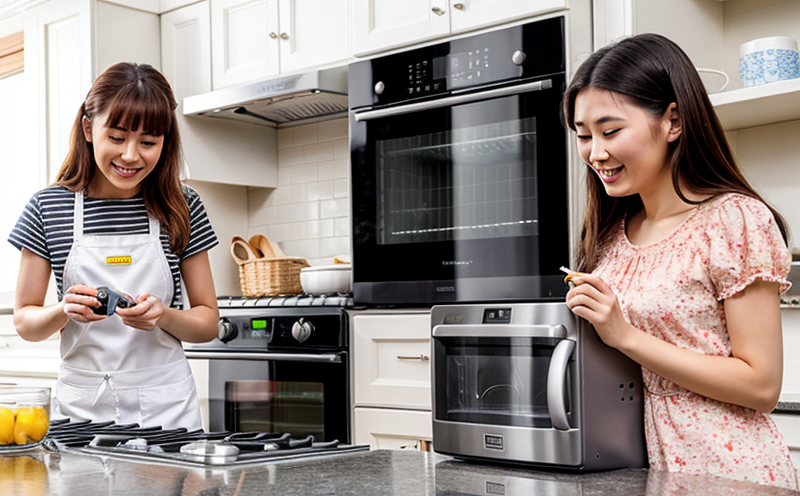CSA C22 2 Household Appliance Electrical Safety Testing
The Canadian Standards Association (CSA) Z22.2 standard is a critical component of ensuring the safety and reliability of household electrical appliances in Canada. This standard addresses all aspects of electrical safety for these devices, which are essential to everyday life but also present unique risks due to their frequent use by consumers. Compliance with CSA C22.2 ensures that products meet stringent safety requirements, thereby protecting users from potential hazards such as electric shock, fire, and other serious injuries.
The scope of this standard encompasses a wide range of household appliances including refrigerators, freezers, dishwashers, microwaves, washing machines, dryers, ovens, and more. Each appliance type has specific safety considerations that must be addressed during testing to ensure overall compliance with the standard. The primary focus areas include insulation resistance, ground continuity, fault current detection, overcurrent protection, and other similar parameters.
Before diving into detailed descriptions of the testing procedures outlined in CSA C22.2, it's important to note that these tests are typically conducted by experienced laboratories equipped with specialized equipment designed specifically for this purpose. Proper specimen preparation is crucial; all appliances being tested should be representative of those sold on the Canadian market, including any modifications or adjustments made during production.
One key aspect of CSA C22.2 testing involves measuring insulation resistance using high voltage DC tests. This helps determine whether there are any breaches in the insulation that could lead to dangerous levels of current flow. Another critical test pertains to ground continuity checks, ensuring that all components connected to earth ground are properly linked together without excessive resistance.
In addition to these fundamental electrical safety checks, CSA C22.2 also requires thorough examination of various operational parameters such as power consumption under different load conditions, noise levels during operation, and efficiency ratings for energy-saving appliances. These factors play a significant role in determining the overall performance and environmental impact of household electrical appliances.
It’s worth noting that while CSA C22.2 focuses primarily on safety aspects, it also plays an important part in supporting broader goals related to sustainability and consumer protection within Canada's regulatory framework. By adhering to this standard, manufacturers can demonstrate their commitment not only to reducing risks associated with product usage but also to promoting responsible consumption practices among end users.
Given the complexity involved in interpreting and applying CSA C22.2 requirements effectively, many organizations turn to independent testing laboratories for assistance throughout the development process. These experts possess deep knowledge about both technical specifications as well as regulatory expectations, allowing them to provide valuable guidance at every stage of product design and manufacturing.
For those seeking detailed information regarding specific test methods prescribed by CSA C22.2, two tables have been included below outlining key applied standards along with corresponding use cases:
| Applied Standards | Description |
|---|---|
| CAN/CSA-C22.2-14 | General requirements for household electrical equipment. |
| CAN/CSA-C22.2-16 | Refrigerators and freezers. |
| CAN/CSA-C22.2-18 | Dishwashers, washing machines, dryers. |
| CAN/CSA-C22.2-20 | Ovens, stoves, ranges. |
| Use Cases and Application Examples |
|---|
| Demonstrate compliance with applicable codes and regulations. |
| Evaluate new designs or modifications to existing products. |
| Ensure consistent quality across production batches. |
| Identify potential issues early in the development cycle. |
Competitive Advantage and Market Impact
- Gain competitive edge by demonstrating commitment to safety and quality.
- Achieve faster time-to-market through efficient compliance processes.
- Promote brand reputation among consumers who prioritize safety and reliability.
- Increase market share by expanding product offerings that meet regulatory standards.
Use Cases and Application Examples
The following scenarios illustrate how adherence to CSA C22.2 can benefit various stakeholders:
- Manufacturers looking to ensure their products comply with Canadian safety regulations.
- Distributors aiming to maintain high standards across all imported goods sold in Canada.
- Retailers seeking to offer safer, more reliable appliances to their customers.
- Regulatory bodies responsible for enforcing national safety guidelines on consumer products.





